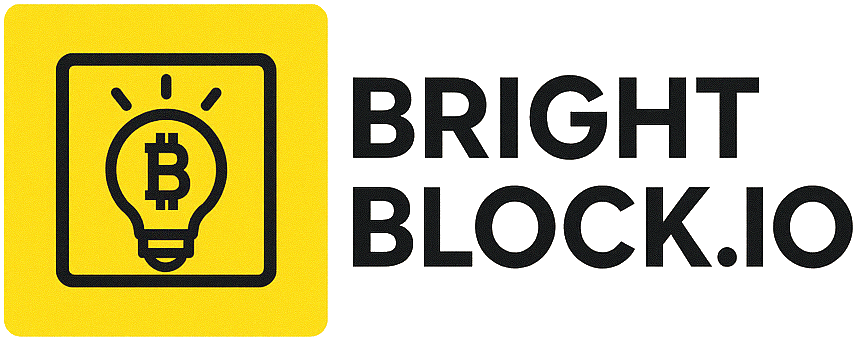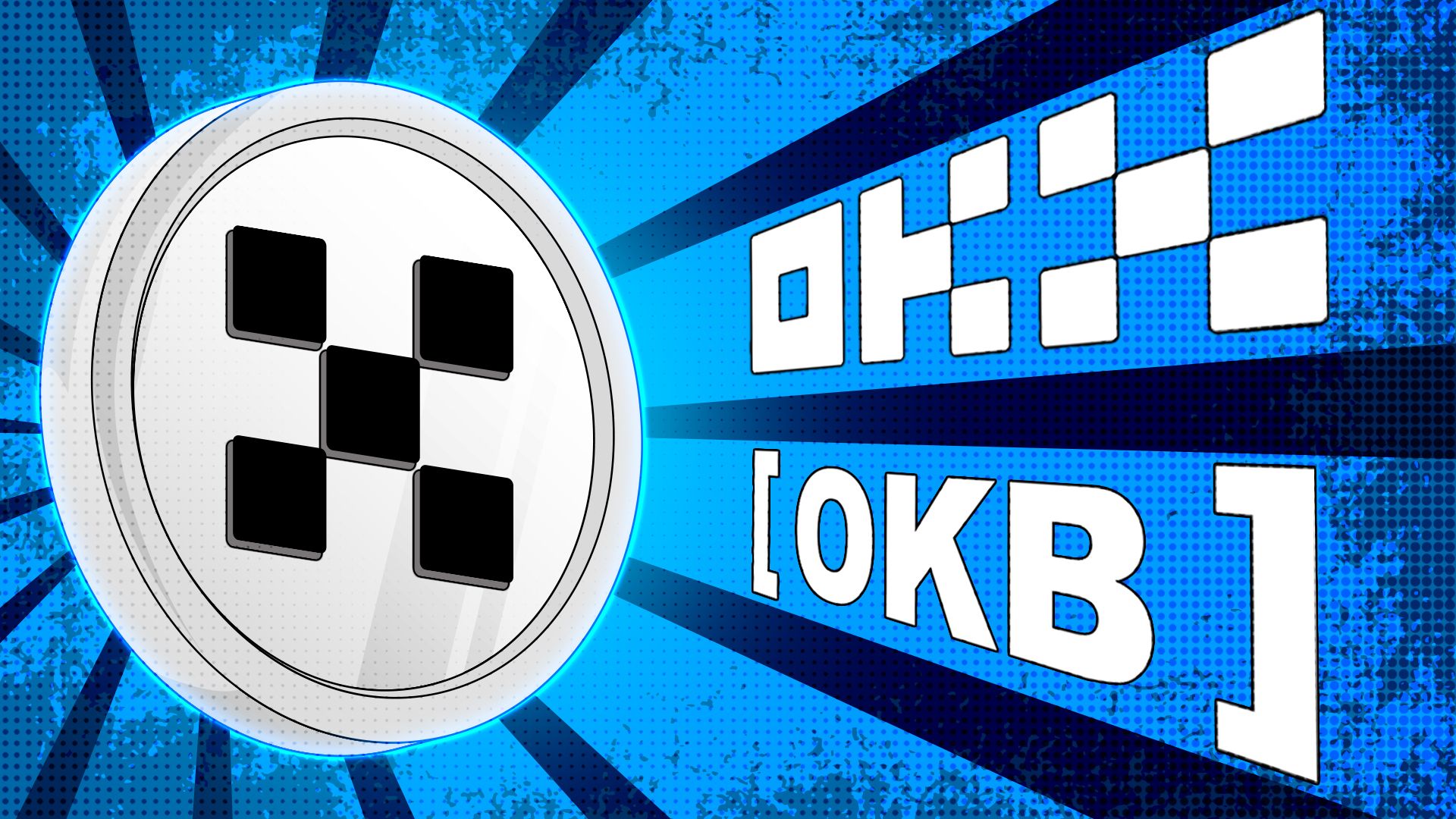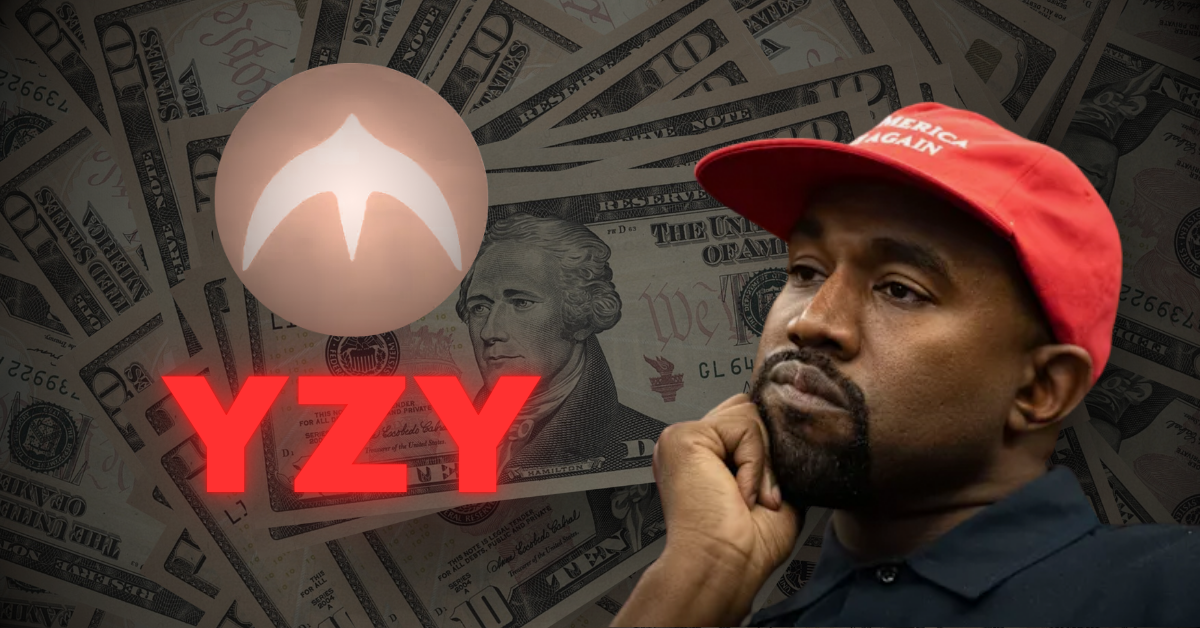Key Takeaways
- Circle’s new Layer-1 blockchain, Arc, will debut with Fireblocks support, offering banks and asset managers “day one” access.
- The move comes as Circle cements its position in the market with a successful IPO and a 53% Q2 revenue increase, fueled by growing USDC circulation.
- The stablecoin market is expanding rapidly, with Circle’s strategic moves positioning it to capture institutional stablecoin finance and challenge Tether’s dominance.
In a strategic move to cement its leadership in the stablecoin sector, Circle is launching a new Layer-1 blockchain called Arc, with a key partnership already in place with Fireblocks, a leading digital asset custody and tokenization platform.
This integration will provide “day one” access to a vast network of over 2,400 banks, asset managers, and fintechs, a move that is highly unusual for a new blockchain.
This bold step comes at a pivotal time for Circle, as it capitalizes on its recent $1.05 billion IPO and positions itself for the next phase of stablecoin adoption, even as it vies for market dominance with rival Tether.
A Purpose-Built Blockchain for Stablecoin Finance
The announcement of Arc came alongside the launch of the Circle Payments Network, a dual-pronged strategy to build a comprehensive infrastructure for digital money. Circle describes Arc as a blockchain “purpose-built for stablecoin finance.”
Unlike general-purpose blockchains that are optimized for a wide range of applications, Arc is designed from the ground up to handle high-volume stablecoin transactions, payments, and capital markets.
It is EVM-compatible, meaning developers can use familiar tools and frameworks, but its architecture is fundamentally different. A key innovation is the use of USDC as the native gas token.
This ensures low, predictable, dollar-denominated fees, eliminating the volatility and unpredictable costs associated with paying for gas in a separate, fluctuating cryptocurrency.
The Stablecoin Race Heats Up
The launch of Arc and its institutional-first strategy should be viewed in the context of the accelerating “stablecoin war.”
The total stablecoin market cap has grown significantly, climbing from $253.87 billion on July 1 to roughly $277.16 billion. This growth is being driven by the fierce competition between Circle and Tether, the two largest players in the space.
The company’s first IPO as a stablecoin issuer was a resounding success, with its stock price surging more than 168% on its opening day.
Its first earnings report as a public company revealed a 53% year-over-year increase in Q2 revenue to $658 million, and a 90% growth in USDC circulation over the same period, bringing the total to over $65 billion.
However, Tether is far from slowing down. Its Q2 2025 profit report was a staggering $4.9 billion, a 277% increase from the previous year.
Most of this profit was generated from U.S. Treasury yields, as the company has become one of the world’s largest non-sovereign holders of U.S. debt, surpassing countries like South Korea and the UAE.
Final Thoughts
The debut of Arc with Fireblocks integration is a defining moment for Circle. It marks a shift from simply being a stablecoin issuer to becoming an infrastructure provider, attempting to build the very rails on which the future of digital finance will run. The race between Circle and Tether is not just about market share, but about who will build the foundational technology for the next generation of global financial systems.
Frequently Asked Questions
What is a Layer-1 blockchain?
A Layer-1 blockchain is a base network that processes and finalizes transactions on its own chain, without relying on another network.
What is the significance of the Fireblocks integration?
Fireblocks provides institutional-grade custody, security, and compliance services. Its “day one” integration means that banks and other large financial institutions can securely and easily transact on Arc.
How does Circle’s business model differ from Tether’s?
While both issue stablecoins, Circle has prioritized a transparent, U.S.-regulated model to attract institutional partners. Tether has a more globally-focused, asset-backed model and has generated massive profits from its U.S. Treasury holdings.





